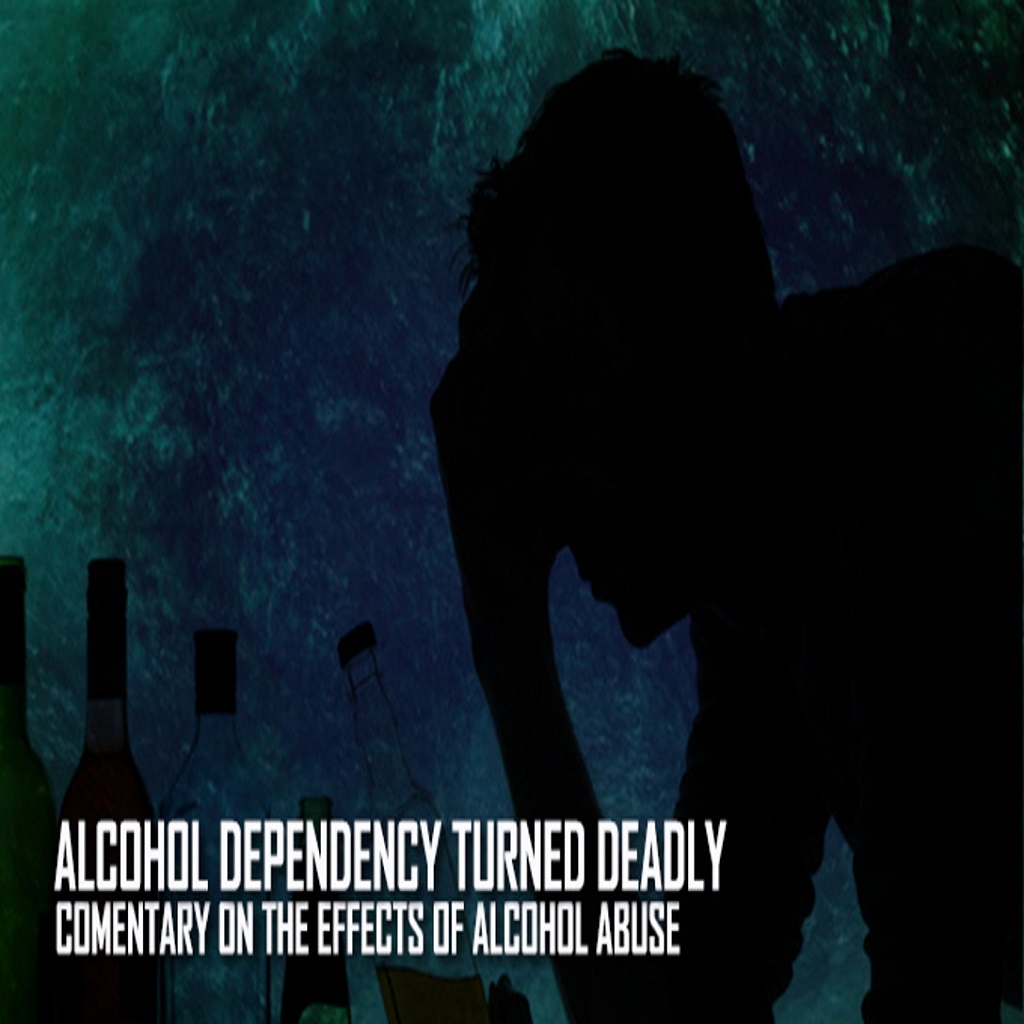Caution for Recovered Alcoholics
It is not surprising that most cases of relapse which are admitted in rehab or de-addiction center are alcoholics. As in present scenario in India drinking culture is embedded in so many levels in our society, it becomes very tough job for a recovered alcoholic to escape the lure of a drink. From richer to poor, from corporate offices to the group of workers on a construction site, from farmers working in fields to family functions and even in school and colleges one can observe how this disgrace has effected each section of our society.
The Relapse
There are many cases of relapse, of recovered alcoholics from Rehab and de-addiction centers. They had fallen for the lure of a drink even after fully regaining their health back from zero. The main problem is the influence of drinking culture in our daily life. It is very common in alcoholics that after rejoining their work routine being fully recovered, they observe that people around them are healthy and enjoying alcohol.
Very soon their mind starts to play illusion games like they often ask themselves
- what harm one or two drinks can do?
- Now I can do it in a controlled way as I am fully healthy and aware.
- I am going to drink on holiday/weekends only.
These sentences are the usually first step towards inferno. After giving in to this disgraceful habit it is just matter of few days for an alcoholic to realize that he/she had open the gates of hell. Therefore very soon his/her lifestyle, daily routine all will be designed around this habit.
Few of them might realize that something very wrong is going on but they are under in control of the alcohol. At this stage they are unable to control the urge for a drink. Making every effort they had put for being sober to square one.
There are ways for an alcoholic to stay sober after joining their routine life:
- A daily habit of writing about the changed or sober life goes a long way.
- Write about the mishaps of life due to alcohol and read it before starting the day.
- Also avoid hanging out with people who are always indulging in drinking.
- One can always try to develop some new hobbies certainly which cannot be accompanied by liquor like outdoor sports etc.
More importantly don’t get carried away by the drinking of other people. Always remember that alcohol has different type of effect on an alcoholic than the rest of people.
The selling and consumption of alcoholic drinks is legal in almost around the globe. Therefore it mainly depends on choice and strong will of an individual to stay sober. This can be very tough for any alcoholic after recovery for few months. Our general life atmosphere is influenced by presence of alcoholic drinks, especially in India. Every now and then we encounter its presence in celebrations or in general get together. One should be very careful alert about its routine of daily life to remain sober. Gradually your lifestyle gets designed accordingly and struggle will ease down.
There are institutions like AA and addiction treatment centers dedicated to help any alcoholic at every stage. If you find yourself on the verge of relapse, please do not hesitate to call.



